TFS (an acronym for Tin Free Steel) and tinplate are similar materials used in the manufacture of metal packaging. However, there are some important differences between them.
First, the tinplate is coated with a tin layer by electro deposition and a passivation film, while the TFS is coated with a mixed coating composed of chromium and chromium oxide. This means that TFS does not contain tin in its composition, which makes it more resistant to corrosion in certain environments.
Secondly, TFS is harder and more resistant to machinability than ETP (Electrolytic Tinplate). However, TFS is not suitable for electric welding, which limits its use in some types of packaging.
In terms of mechanical properties, both are similar, since the base steel is the same in both materials. However, the friction coefficient of TFS is higher than that of tinplate, which can lead to greater abrasion in the tools used in its processing.
Another important difference is the visual appearance: TFS tends to have a bluish-gray color, while tinplate is brighter. This allows certain special effects to be obtained with the application of transparent inks or varnishes.
In summary, TFS and tinplate are similar materials used in the manufacture of metal containers, but differ in their composition, corrosion resistance, suitability for electrical welding and visual appearance.

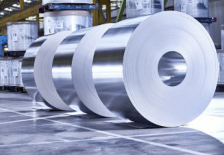
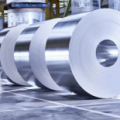

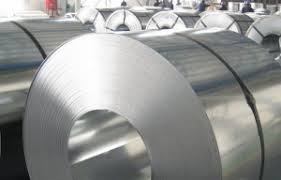
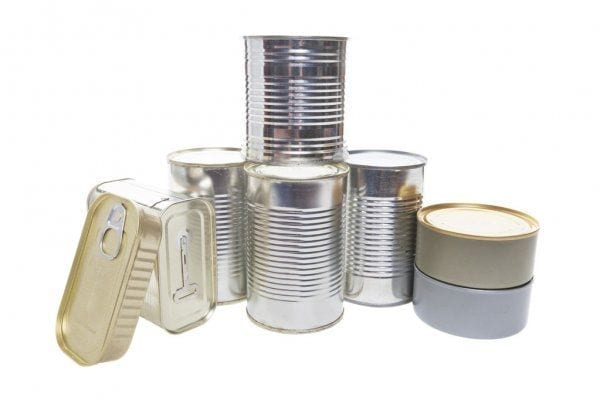
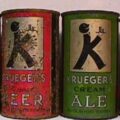
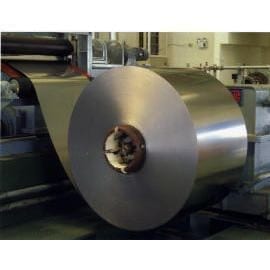

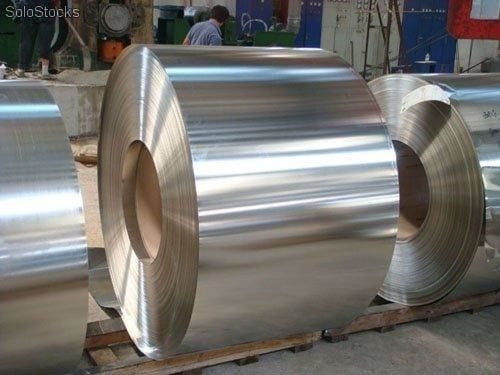
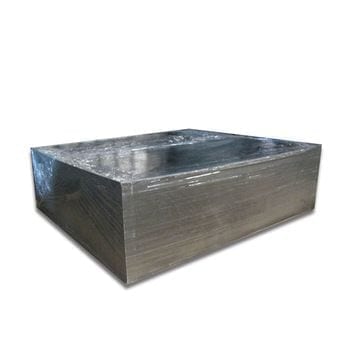



0 Comments